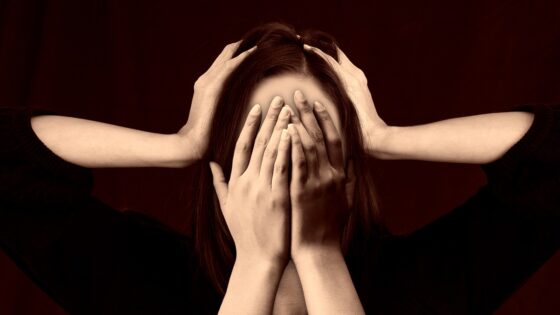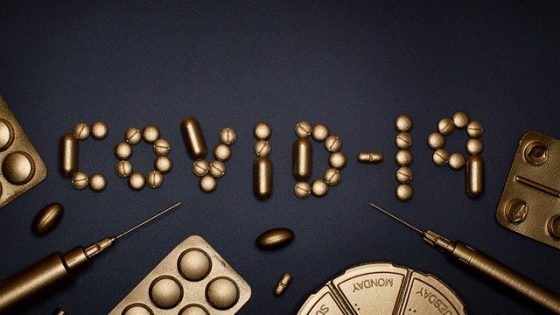cancer of unknown primary origin
A case in which cancer cells are found in the body, but the place where the cells first started growing (the origin or primary site) cannot be determined. Also called carcinoma of unknown primary and CUP.
cancer predisposing gene mutation
A term used to describe mutations (changes) in certain genes that may increase a person’s risk of some types of cancer. For example, a person who has certain mutations in the BRCA1 or BRCA2 gene has higher than normal risks of developing breast cancer and ovarian cancer. Cancer predisposing gene mutations are usually inherited (passed from parent to child) and may be seen within families. Knowing if a person has a cancer predisposing gene mutation may help prevent, diagnose, and treat cancer. Not all people who have a cancer predisposing gene mutation will develop cancer. Also called cancer susceptibility gene mutation.
cancer prevention vaccine
A type of vaccine that helps protect the body against infection with viruses that can cause certain types of cancer later in life. Two types of cancer prevention vaccines are approved in the United States. The human papillomavirus (HPV) vaccine, Gardasil 9, prevents infection with certain types of HPV that can cause cancers of the cervix, vagina, vulva, anus, penis, and oropharynx (throat). The hepatitis B virus (HBV) vaccine prevents infection that can cause serious liver disease, including liver cancer.
cancer subtype
Describes the smaller groups that a type of cancer can be divided into, based on certain characteristics of the cancer cells. These characteristics include how the cancer cells look under a microscope and whether there are certain substances in or on the cells or certain changes to the DNA of the cells. It is important to know the subtype of a cancer in order to plan treatment and determine prognosis.
cancer susceptibility gene mutation
A term used to describe mutations (changes) in certain genes that may increase a person’s risk of some types of cancer. For example, a person who has certain mutations in the BRCA1 or BRCA2 gene has higher than normal risks of developing breast cancer and ovarian cancer. Cancer susceptibility gene mutations are usually inherited (passed from parent to child) and may be seen within families. Knowing if a person has a cancer susceptibility gene mutation may help prevent, diagnose, and treat cancer. Not all people who have a cancer susceptibility gene mutation will develop cancer. Also called cancer predisposing gene mutation.
cancer treatment vaccine
A type of treatment that helps the body’s immune system recognize and destroy cancer cells. A cancer treatment vaccine may be made from a patient’s own tumor cells, from their dendritic cells (a type of immune cell), or from certain proteins or other molecules found on the cancer cells of many people with that cancer. Another type of cancer treatment vaccine is made from a virus that infects and breaks down cancer cells. Cancer treatment vaccines are being used to treat certain types of prostate cancer and melanoma. They are also being studied in the treatment of other types of cancer. Cancer treatment vaccines are a type of immunotherapy.
cancer-related post-traumatic stress
A condition that develops in some people who are diagnosed with cancer. Symptoms of cancer-related post-traumatic stress (PTS) include having frightening thoughts or trouble sleeping, being distracted or overexcited, feeling alone, or losing interest in daily activities. Symptoms may also include feelings of shock, fear, helplessness, or horror. Cancer-related PTS can occur anytime after diagnosis, including during or after treatment. Relaxation training, counseling, support groups, and certain medicines may be used to reduce symptoms of PTS.
candidiasis
A condition in which Candida albicans, a type of yeast, grows out of control in moist skin areas of the body. It is usually a result of a weakened immune system, but can be a side effect of chemotherapy or treatment with antibiotics. Candidiasis usually affects the mouth (oral candidiasis); however, rarely, it spreads throughout the entire body. Also called candidosis and thrush.
candidosis
A condition in which Candida albicans, a type of yeast, grows out of control in moist skin areas of the body. It is usually a result of a weakened immune system, but can be a side effect of chemotherapy or treatment with antibiotics. Candidosis usually affects the mouth (oral candidosis); however, rarely, it spreads throughout the entire body. Also called candidiasis and thrush.
canertinib dihydrochloride
A substance being studied in the treatment of some types of cancer. Canertinib dihydrochloride blocks the action of proteins called epidermal growth factor receptors, and may cause cancer cells to die. It is a type of tyrosine kinase inhibitor. Also called CI-1033.













